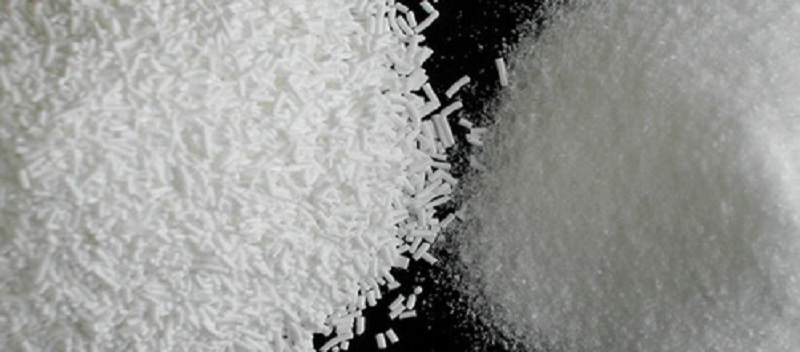Bis 2 chloroethyl ether is a colorless, non-flammable liquid with a strong, disagreeable odor. It is used to make bis 2 chloroethyl ether. Also, it is readily dissolved in water; and part of it will slowly evaporate into the atmosphere as it does so. It does not occur in the natural world. Bis(2-chloroethyl) ether is manufactured in factories, and the majority of it is utilized in the production of insecticides. Some of it is utilize as a solvent, a cleaner, a component of paint and varnish, a rust inhibitor, or as a chemical intermediary in the production of other substances. Inhalation and skin absorption of the toxin are harmful. Cleaning chemicals, paints, textile finishing, and as a general solvent are all examples of applications for acetone. It is a diatomic molecule composed of two hydrogen atoms H and one chlorine atom Cl; which are linked by a covalent single bond to form hydrogen chloride. Pharmaceutical, chemical, animal feed, and environmental engineering sectors all make use of this molecule in some capacity.
How much does Bis 2 chloroethyl amine hydrochloride add to the hardness of water is debatable?
Never, ever speak directly to the audience. No, not in the traditional sense. However, hypothetically, if one introduce HCl to a watercourse upstream of its passage through a limestone or dolomite deposit; the quantity of dissolved calcium and/or magnesium that would be released downstream would be more than what would have been released otherwise. However, there is no natural source of HCl that would allow it to enter the water.
Bis 2 chloroethyl amine hydrochloride manufacturers are the primary distributors of this chemical since our company has a manufacturing facility for this product. It is because of the value they place in their goods and the efficiency they achieve in their processes via the provision of world-class technical services. Its technical support staff is dedicated to provide the finest services possible, regardless of how tiny the company is. Given the fact that ethylamine hydrochloride is a solid; it is essential to maintain the container securely closed and, in a cold, well-ventilated location.
The chemical compound bis 2 chloroethyl amine hydrochloride has a variety of applications
There are many applications for hydrochloric acid. It is employed in the manufacture of chlorides, fertilisers, and dyes; as well as in the electroplating industry and the photography, textile, and rubber industries, among other applications. Hydrochloric acid is corrosive to the eyes, skin, and mucous membranes and should be avoided at all costs. In humans, acute (short-term) inhalation exposure may cause irritation and inflammation of the eyes, nose, and respiratory tract, as well as pulmonary edoema and pulmonary fibrosis. The mucous membranes, oesophagus, and stomach of humans may be corrode as a result of acute oral exposure; and skin contact may result in severe burns, ulceration, and scarring. Chronic (long-term) occupational exposure to hydrochloric acid has been linked to the development of gastritis, chronic bronchitis, dermatitis, and photo-sensitization in those who have been exposed to the acid. Dental discoloration and degradation may occur as a result of prolonged exposure to low amounts of cyanide. The Environmental Protection Agency has not categorised hydrochloric acid as carcinogenic.
Cleansing applications for bis 2 chloroethyl amine hydrochloride
In addition to being colorless, this hydrochloric acid is very corrosive, violent, and poisonous. HCL is caustic in nature and has a strong odor that distinguishes it from other chemicals. It has use as a laboratory reagent and in the manufacturing sector. Gelatin manufacturing and leather processing both benefit from the usage of Bis 2 chloroethyl amine hydrochloride.
Responses including normal solid acids, for example, hydrogen gas removal in metal responses. The responses in which hydroxide and metal oxides become unbiased with the arrangement of metal chloride and water; responses including powerless corrosive salts in which weighty corrosive is uprooted; and responses including frail corrosive salts in which substantial corrosive is dislodge Hydrochloric corrosive is non-destructive when it comes into contact with glass. Hydrochloric corrosive is exceptionally destructive, assaulting metals like platinum, gold, silver, mercury, tantalum, and other valuable metals. Since it is monoprotic, it can just delivery each proton in turn.
Last Words
When working with hydrochloric acid, take care not to allow the cleaner to come into contact with your eyes or skin. Toilet bowl cleansers include hydrochloric acid, which is used to remove filth and grime from the bowl. Among its many applications include cleaning mortar spills off new bricks, eliminating rust from metals and other surfaces; and etching floors before to sealing them with a clear sealant.













